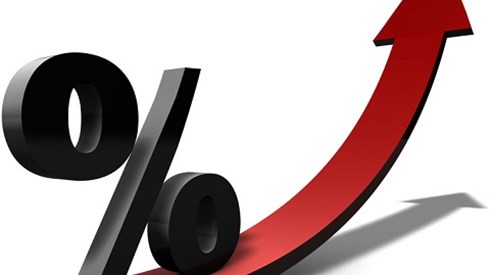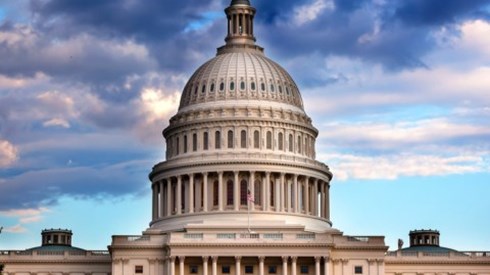Hard Market Could Fuel Wave of New Risk Retention Group Formations

August 17, 2020

While the number of risk retention groups (RRGs) has declined in recent years, based on prior experience experts predict a resurgence of RRG formations as conditions tighten and premiums jump in the traditional insurance market.
"The big growth comes when the traditional market tightens," said Christopher Diemel, the managing editor and publisher of the Risk Retention Reporter (RRR), a newsletter that covers RRGs, a special type of group captive authorized by Congress under legislation first passed in 1981 and expanded under 1986 legislation. RRGs, unlike other captives, can do business in any state after meeting the licensing requirements of just one state.
Speaking before an August 13 session of the Vermont Captive Insurance Association (VCIA), Mr. Diemel noted that RRG formations leaped during prior hard markets. For example, according to a slide Mr. Diemel presented, 69 RRGs were operating in 2001. Seven years later, the number of licensed RRGs had soared to an all-time high: 262.
"In early 2002, during the next hard market, the number of RRGs really exploded," Mr. Diemel said.
But as market conditions softened, the number of RRGs fell. By 2017, only 228 RRGs were operating, according to a slide Mr. Diemel presented. Currently, just 213 RRGs are in operation, according to the RRR.
"We have definitely seen a decline in the number of RRGs," Mr. Diemel said, adding that during a soft market, "traditional carriers are able to offer rates that a lot of RRGs can't compete with."
Still, some RRGs continued to do well during the soft market. "A lot of RRGs have evolved beyond just being responsive to the hard market and have become leaders in the type of coverage they provide," Mr. Diemel said.
In addition, with conditions hardening in the commercial market, "there is a chance to really see the revitalization" in the RRG industry, Mr. Diemel said, adding, "Let's see what happens in the next couple of years."
Indeed, other speakers at the VCIA session noted the hardening of the traditional market. "It's gotten harder to pinpoint on when the market is going to change. But so it is and here we are. This is the rainy day we have been waiting for," said Mollie O'Brien, vice president of the American Excess Insurance Exchange Risk Retention Group, a Vermont-domiciled RRG.
"We're seeing dramatic rate increases in the commercial market," said Brian Johnson, chief underwriting officer for the Nonprofits Insurance Alliance, whose units include an RRG—Alliance of Nonprofits for Insurance, Risk Retention Group—that is licensed in Vermont.
While rates may be rising sharply in the commercial market, the same is not true among RRGs. While RRGs may not drop rates in the soft market, they also will not boost rates just because of escalating rates in the traditional market, Mr. Johnson said.
Looking ahead, Mr. Johnson sees more RRG growth ahead. "Once insurers and brokers have a better understanding of what risk retention groups can do, we can capture more market share and hold on to it," he said.
In addition, as RRG members have favorable experience, they are likely to recommend RRGs to others in their industry, Mr. Johnson said.
August 17, 2020




